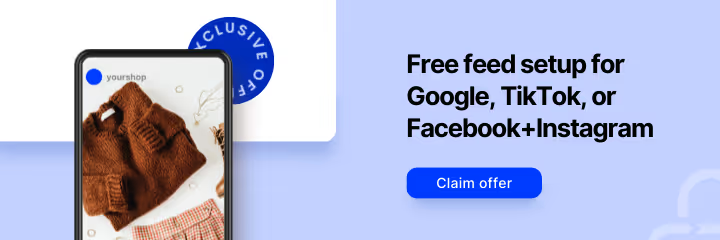Have you ever wished you could use Google Ads to target specific customers? Well, with Customer Match, you can do exactly that!
As of June 2016, Google began opening Customer Match to Shopping Campaigns as a beta test. Customer Match allow you the opportunity to target consumers through their email addresses. This way, you can reach users with specific interests as they search Google, use Gmail, or watch videos on YouTube.
The possibilities with Customer Match are endless, especially if you have a wide customer base with different needs and interests.
You can limit certain advertisements and promotions to loyal buyers. You can reach out appropriately to users who have expressed interest in your store but haven’t made a purchase yet. You can specifically cater ads to old customers who could use a fresh look at your business. You can also reach potential customers that are similar to the ones you have on your email lists already.
Customer Match is still new and has a lot of options for targeting ads, so here are some tips on how to use its features in your next campaign.
Collect, Organize, and Separate Contact Information
Businesses can only upload information that was collected through “first party methods.” This means that the user has expressed some sort of interest in the business that is being advertised.
The goal of Customer Match is to bring relevant ads to consumers based on intent and context. Help Customer Match achieve these goals by organizing your email lists appropriately. By doing so, you can match each email address to the ads and campaigns that will be most suited to your targets’ lifestyle and specific interests.
For example, customers you connected with through in-person events may have different interests or loyalties than customers you connected with through sales or rewards programs. When you acquire the email address of a customer or potential customer, keep track of the date and place or strategy that provided you with his or her email.
Also, consider the product categories your customers are interested in. If you sell pet products, for example, you can divide your lists by the animals owned by your customers. This would allow you to sell cat items to cat owners, dog items to dog owners, and so on.
Make Ads Even More Specific
Say you sell tech gear for offices. You generate a number of sales from a particular model of desktop computer. When the computer receives an upgrade or a new model comes out, you can create a specific list of customers who bought the previous model to show them an ad on YouTube as soon as the new model becomes available for purchase. Continue this process through every new model, as well as the introduction of similar products.
This is a great way to turn one-time buyers into loyal customers and highlights the beauty of Customer Match’s specificity and identity-based targeting. You can make your ads more specific and more targeted since you can organize and identify who they will be reaching and on what platforms.
Consider Reaching Outside Your Email List
Maybe your next campaign is only suitable for a handful of loyal customers. Maybe you would like to extend your reach further and grab the attention of those outside your email list.
In the final step of your targeting, Google Customer Match will give you the option to choose between “Target and Bid” or “Bid Only”. “Target and Bid” will focus on only the customers whose emails you have included. “Bid Only” allows your ads to reach further. It will show ads if a search matches other targeting methods in the ad group, such as topics and display keywords.
You can see how this impacts the reach of your ad in these two Venn Diagrams from Google.


Different strategies will be appropriate for different campaigns, so keep this in mind when creating your next ad.
Don’t see the option for Customer Match on your shopping campaigns yet? You can sign up for the Beta test here, and if eligible, it will be available in 10-14 days.




%20).png)
